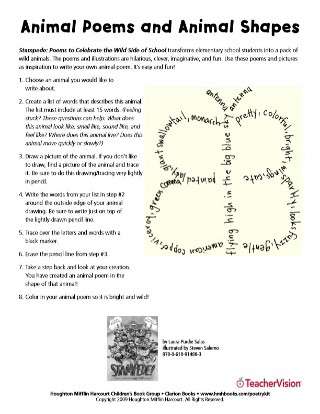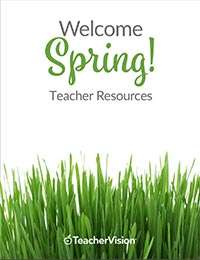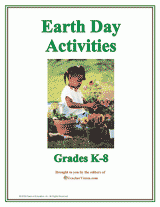The Quilt Story by Tony Johnston
Summary of the StoryA pioneer mother stitches a quilt for her daughter. The little girl plays with it and is comforted by it when they move to another place to live. Many years later, another little girl finds the quilt. Her mother patches it. The little girl plays with it and is comforted by it when they move to another house.
Introducing the Story- Read the title of the book on the cover, pointing to each word as you say it. Have children repeat the title as you point to each word.
- Point to the picture on the cover. Ask: What is a quilt? Can you find a quilt in the picture? (If necessary, explain that a quilt is a cover for a bed, usually stitched with beautiful designs.)
Reading the Story for the First Time
- Read the story, moving your finger under the words as you read.
- After reading, ask: Is this story about one little girl or more than one? (It is about one little girl who lived a long time ago, and another little girl who lives in modern times.)
Recalling the Story
- After you have finished reading, ask children the recall questions below. Continue to ask these questions when you reread the book, until he or she knows the answers.
Reading the Story Again and Again
- Give open-ended prompts on each page. For example, ask: What is happening in this picture? What is the woman doing? Do less reading of the words to the story each time you read, leaving more and more of the "reading" or retelling to the child.
- Give prompts about objects or activities in the pictures. Ask what, where, when, why, and how questions. For example, ask: What is the woman sewing on the quilt? (She is sewing a star.) What does Abigail see out her window? (She sees a falling star.) Use your finger to point to what you are asking about. Evaluate the response. Expand it by giving more information. Ask children to repeat the answer. If he or she needs help in answering a question, ask that question again the next time you read the book. Good words to ask about are listed in the vocabulary section.
Extra Activities
- Provide drawing materials or paper and paste and have children make paper quilts. Have them make up stories about how a little boy or girl would play with the quilt.
- Have children read The Quilt Story to each other.
Recall Questions
Ask the following questions to check children's understanding of the story.
- What is the name of this book? (The book is called The Quilt Story.)
- Who is this book about? (It is about a little girl named Abigail who lived a long time ago, and a little girl who lives in the present.)
- What does Abigail's mother make for her? (She makes a quilt.)
- How does Abigail play with the quilt? (She has tea parties on it, wraps herself up in it, and wears it like a dress.)
- How does Abigail feel about moving to the new house? (She feels sad because everything seems new.)
- Who makes Abigail feel better about moving? (Her mother does, by wrapping her in the quilt and rocking her.)
- What happens to the quilt next? (Abigail puts it in the attic, and animals tear it and rip the stuffing out of it.)
- What happens in the rest of the story? (Another little girl finds the quilt and plays with it. It makes her happy when her family moves, just like it made Abigail happy when her family moved.)












